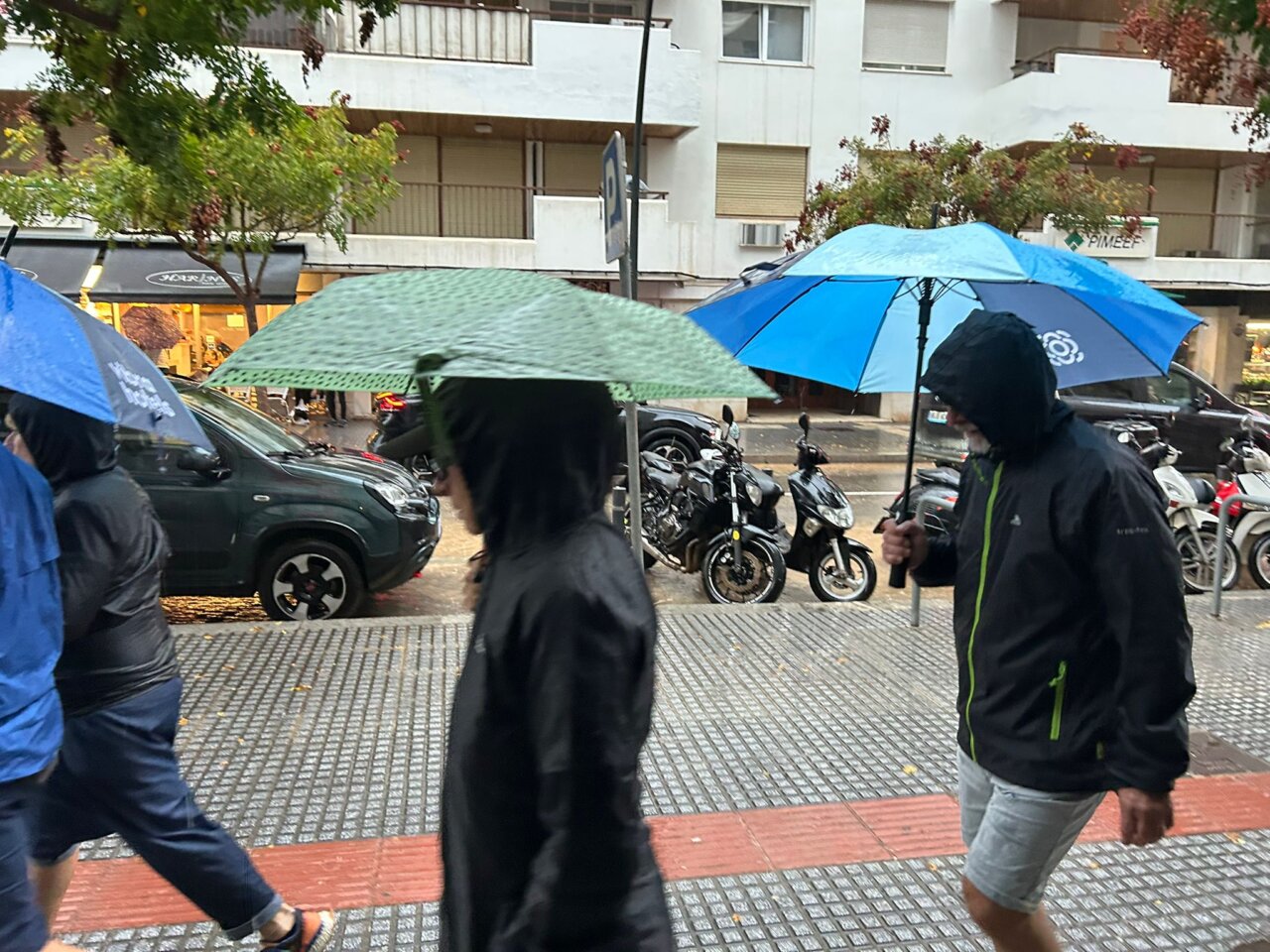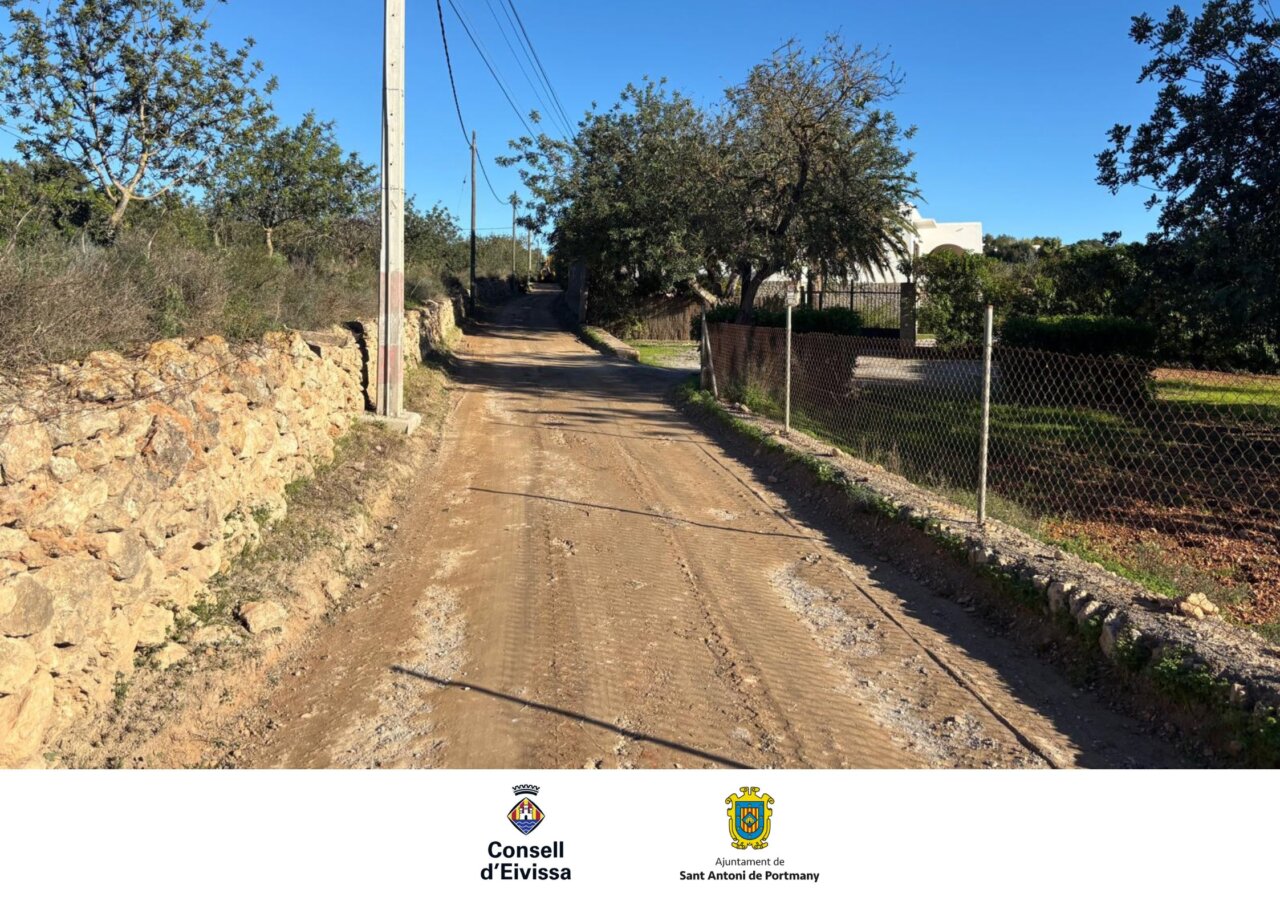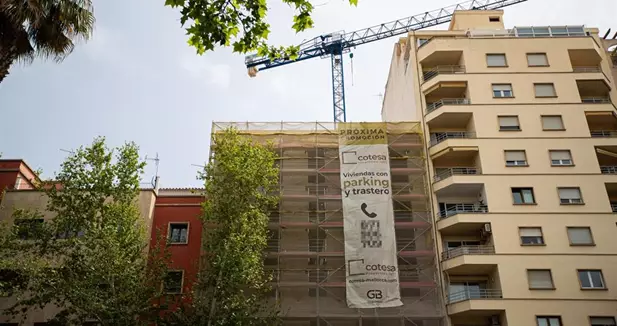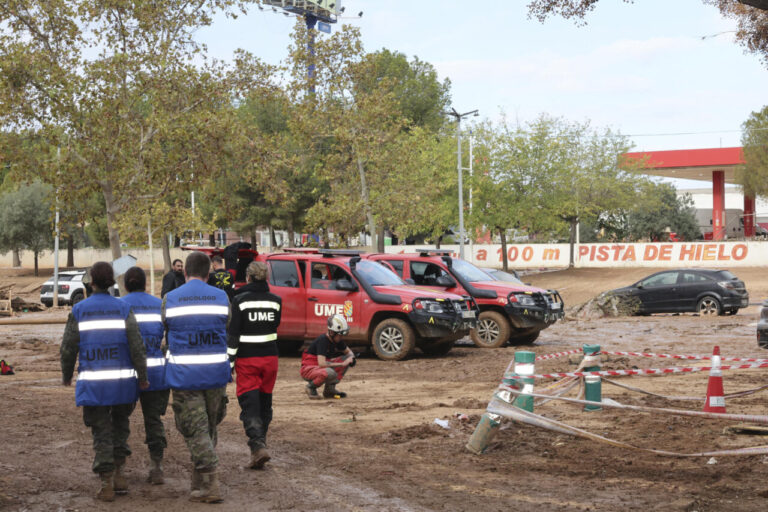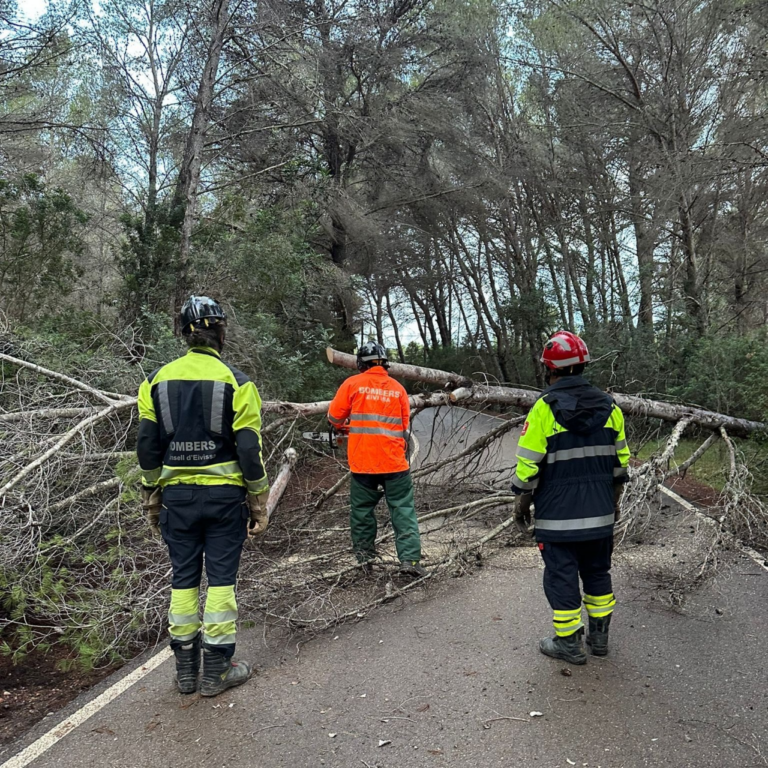The devastating impact of DANA in the Valencian Community, with 223 confirmed deaths so far, has revolutionized the debate on construction in flood zones in the Balearic Islands. In the plenary session of the Balearic Parliament on Tuesday, the president of the Government, Marga Prohens (PP), and the leaders of the opposition showed willingness to reach a consensus to avoid new construction in areas at risk of flooding. Despite their differences, both PSIB-PSOE and Més per Mallorca, Més per Menorca and Unidas Podemos have agreed that these areas should remain free of constructions to protect citizens. The agreement, however, was accompanied by an important step: it was decided to postpone the debate on the Govern’s administrative simplification law, also known as “urban amnesty”. According to opposition representatives, this law, which seeks to regularize housing built in risk areas, needs to be revised to ensure safety and prioritize technical and scientific knowledge.
What does the “urban amnesty” say about flood zones?
The administrative simplification law (decree-law 3/2024), promoted by the Govern in May, contemplates significant changes in urban planning matters. These include the possibility of enabling rustic constructions in flood zones if certain requirements are met, such as the payment of a fine and the carrying out of works to mitigate flood risks. However, opposition leaders have questioned who would benefit from this amnesty. Iago Neguerela, spokesman for PSIB-PSOE, called for the convening of a negotiating table with technicians and scientists to make decisions based on expert knowledge. For his part, Lluís Apesteguia of Més per Mallorca warned that a law of these characteristics could mean a “nepal” for the Balearic environment. From the Govern, Marga Prohens has asked for “capacity to yield to one and all” in order to reach a consensus and has defended the need to protect these citizens and their homes and has insisted that, also in urban planning matters, crimes are subject to statute of limitations. “I will not look the other way, I will protect the people”, he asserted.
What is a flood zone?
Flood-prone areas, according to Article 90 of the Hydrological Plan of the Hydrographic Demarcation of the Balearic Islands (Royal Decree 49/2023), are those lands that “may be flooded by the theoretical levels that would reach the waters in floods whose statistical return period is 500 years, based on geomorphological, hydrological, hydraulic studies, as well as series of historical floods and documents or historical evidence of them in lakes, ponds, reservoirs, rivers or streams”. Likewise, in Article 91, it is indicated that ” new single-family dwellings may not be located on land included in Flood Risk Prevention Areas except that they are linked to agricultural and livestock farms and in accordance with the provisions of specific legislation”, and that “new buildings and associated uses on land in floodable or potentially floodable areas shall be carried out, as far as possible, outside floodable and potentially floodable areas”. “These lands serve as retention or relief of water flows and solid load transported during such floods or as a safeguard against erosion. These zones shall be declared in lakes, lagoons, reservoirs, rivers or streams. The qualification as flood zones will not alter the legal qualification and the demanial ownership that such lands may have”, the regulation adds.


